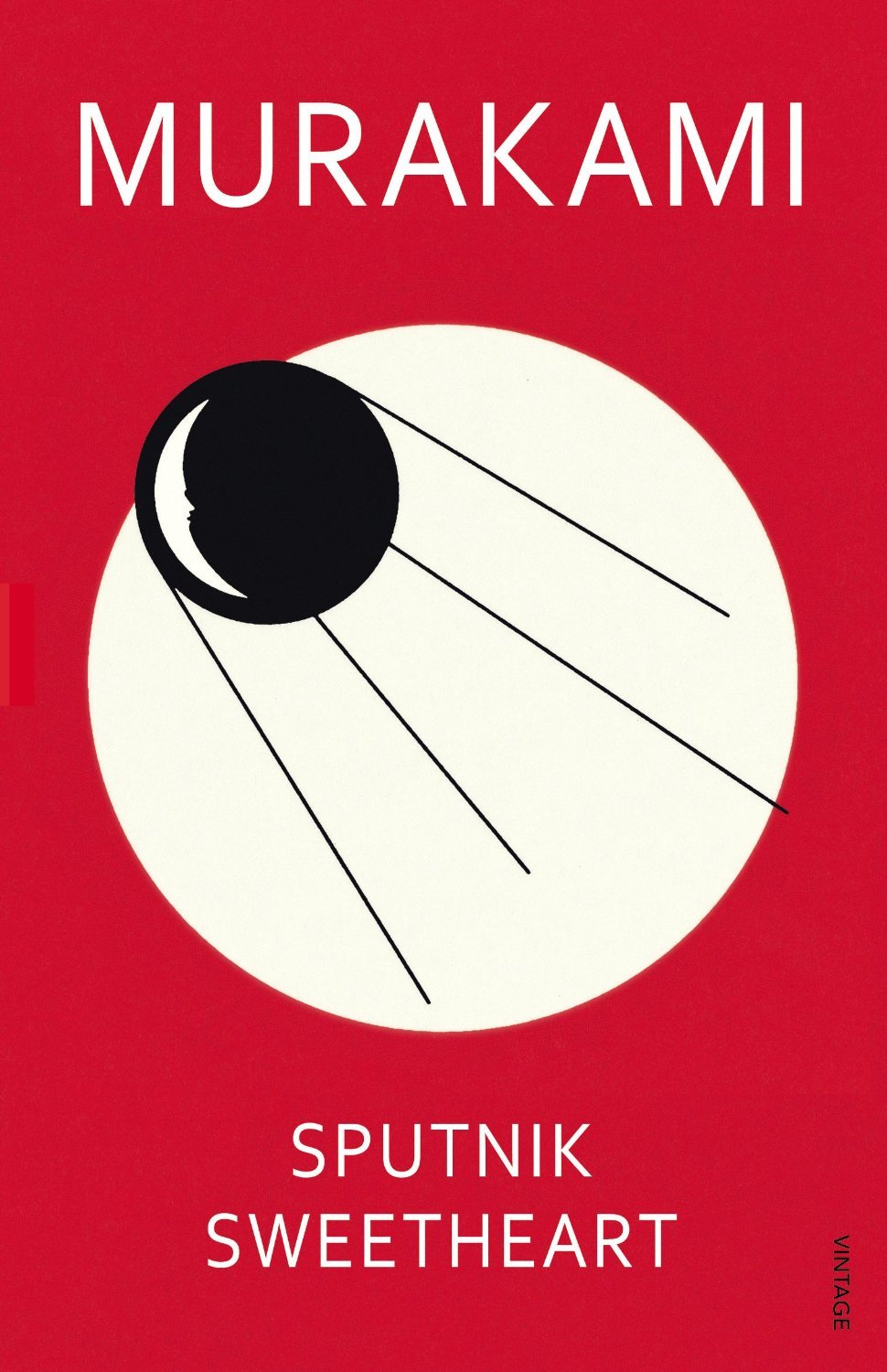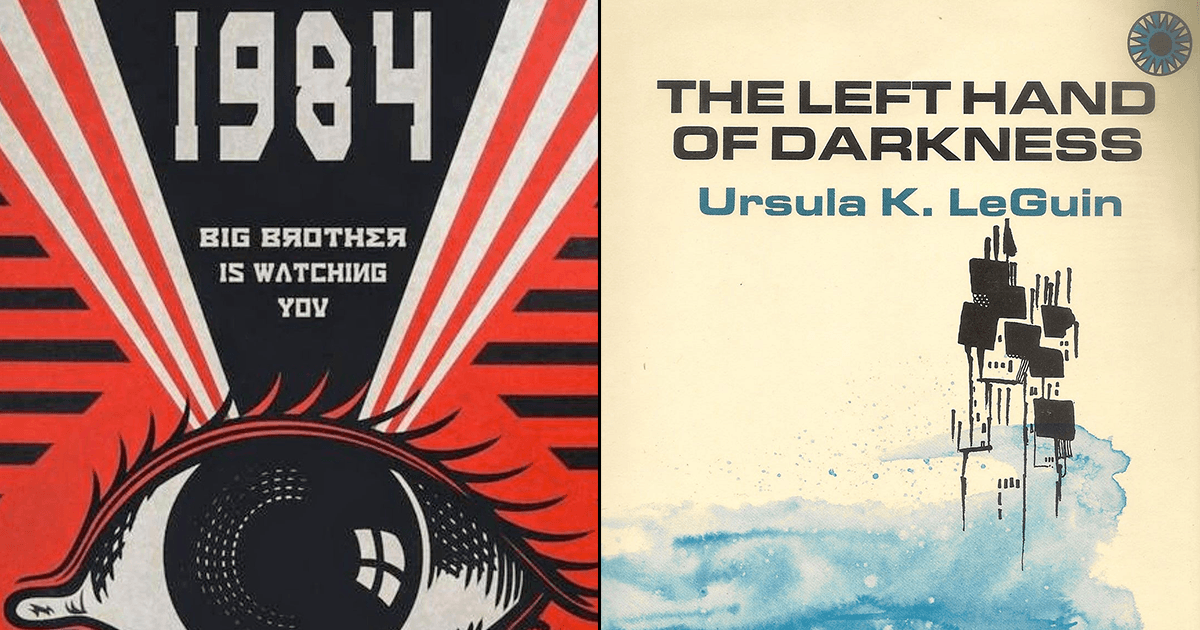You’re probably living under a metaphorical rock if you haven’t at least come across a quote by the literary genius Haruki Murakami. A Japanese author who started writing at the age of 29 after getting inspired by a baseball match, Murakami has come to rule the literary scene with his interesting plot lines and immaculate storytelling skills.
His words are like gold for millennials who find the themes of loss and nostalgia in his novels quite relatable. His open-to-interpretation narrative and surreal elements only add to the curiosity of the readers. Whatever you do, you cannot keep down a Murakami book.
So many people have heard so much about him and want to pick up a book by him only to realize that they don’t really know where to start from. Hence, we bring you a complete guide of his most famous work. Take your pick:
1. Kafka on the Shore
“Memories warm you up from the inside. But they also tear you apart.”
This is Murakami’s most famous work and actually has two intertwined stories. The story revolves around two characters with distinctly different lives but interconnected paths. The narrative moves back and forth, following each plot in alternating chapters. The odd chapters are about 15-year-old Kafka who runs away from his father’s home and finds refuge in a private library. He spends most of his time reading books but soon, the police start enquiring about him in connection with a murder.
The other plot, covered in the even numbered chapters, is about an old man named Nakata who ends with a job as a cat finder. One particular case takes him far away from home and puts him on the road for the first time in his life. He ends up befriending a truck driver who becomes attached to him quite quickly.
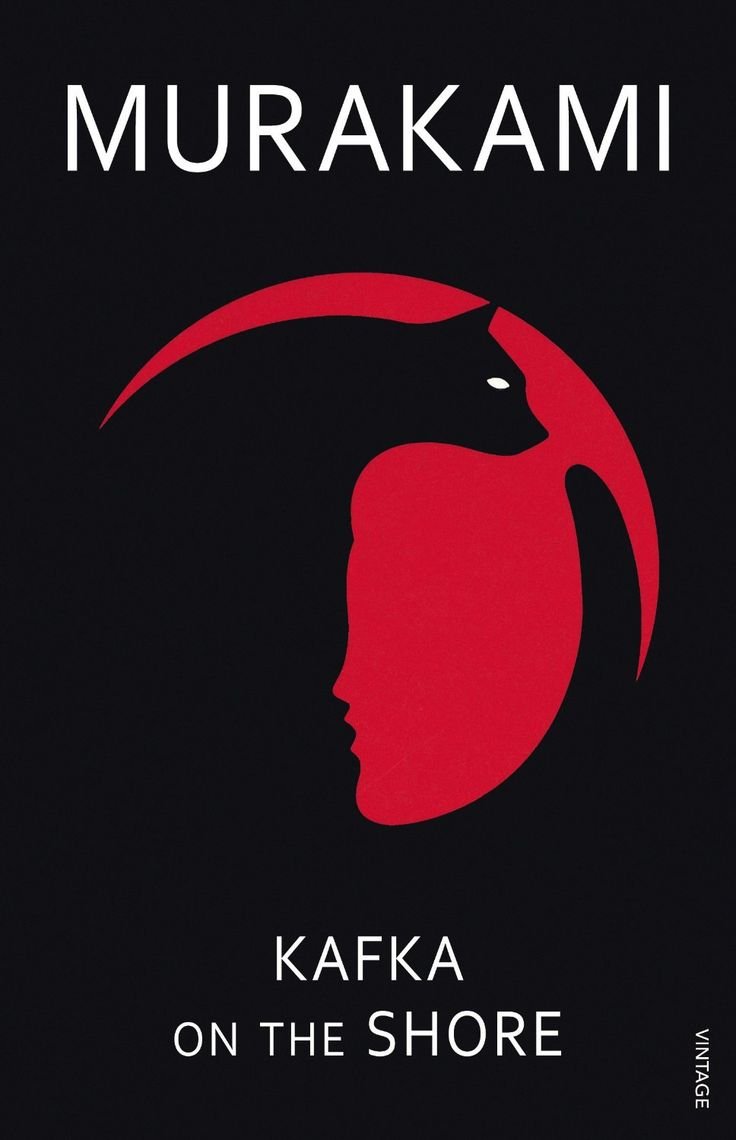
2. Hear the Wind Sing
“The worst thoughts usually strike in the dead of the night.”
The first novel Murakami wrote, the story is narrated by a 21-year-old at the cusp of adulthood trying to grapple the concept of change and loss. The narrator never names himself but refers to his best friend as the Rat. They often go to a bar where they have existential discussions while sipping beer.
The story explores the different romantic relationships of the author, the most traumatic one being the one where his girlfriend committed suicide. He is in an undefined relationship with a girl who has nine fingers. At the bottom of it all, you can see that the narrator is just a boy trying to adult. Maybe that’s why we all connect to Murakami so much.

3. Pinball, 1973
“So many dreams, so many disappointments, so many promises. And in the end, they all just vanish.”
This is the sequel to Hear The Wind Sing. Murakami explores the theme of loss and nostalgia in this one too but more through the lens of the relationship that the unnamed narrator had with his girlfriend, Naoko, who committed suicide. There are two twins who slip in and out of the narrator’s mind throughout the novel. The book ends in a quest for the narrator’s favourite pinball machine from his Naoko days and connection with Naoko’s memory.
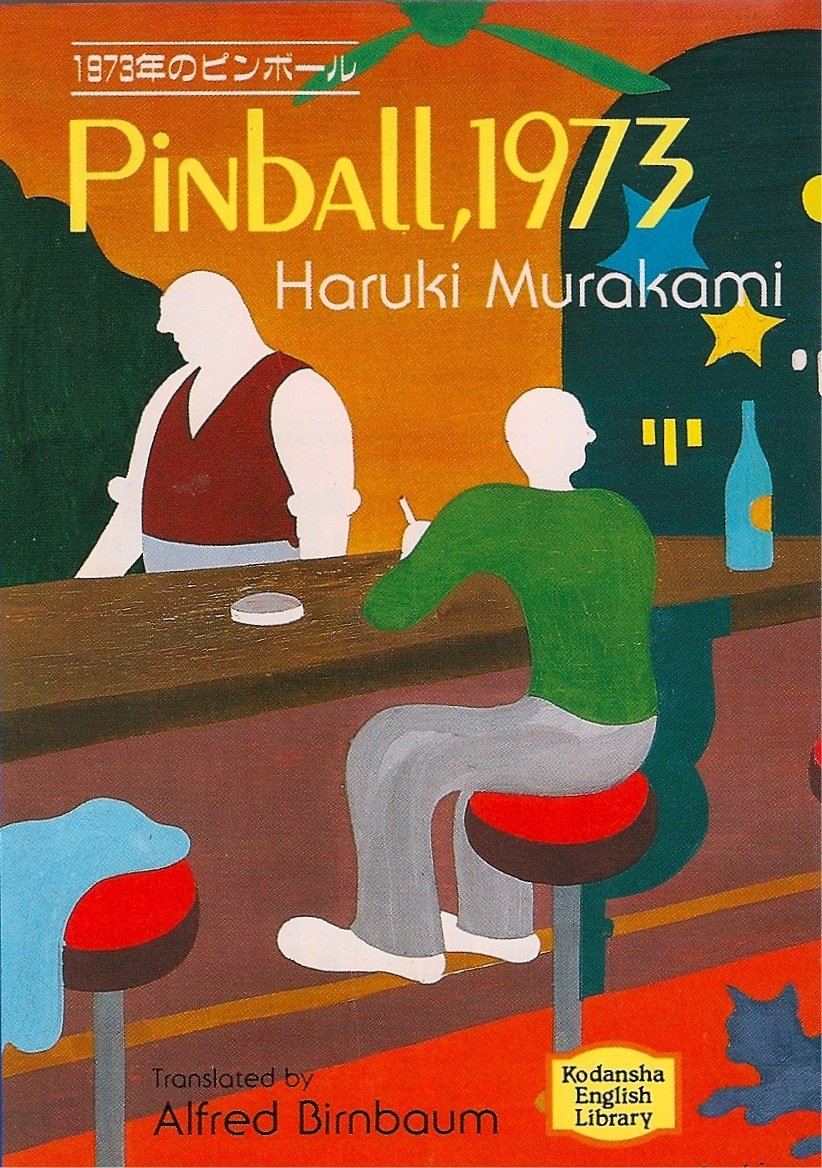
4. Norwegian Wood
“I want you always to remember me. Will you remember that I existed, and that I stood next to you here like this?”
Another Naoko (or maybe the same one), is found in the plot of this book. Through the retrospective narrative, Watanabe Tōru details his painful relationship with Naoko who kept hearing the voice of her dead lover. She felt like he was calling her to the ‘other side’. Toru spends a majority of his time trying to convince Naoko to not give into the demands of the voice but he also struggles with his feelings for the lively Midori. The novel is painfully real with a goldmine of words that can become perfect life advice.
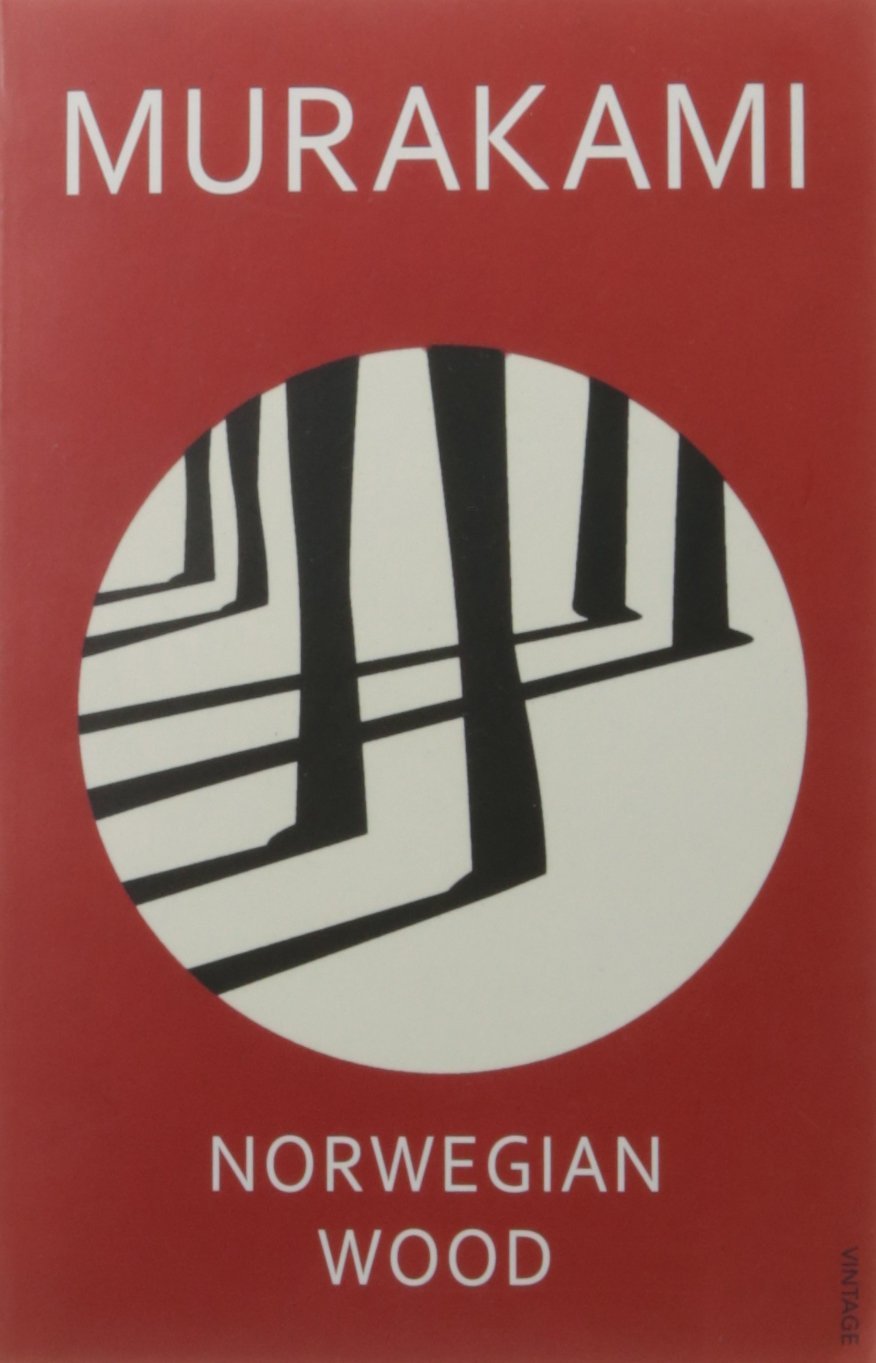
5. South of the Border, West of the Sun
“For a while” is a phrase whose length can’t be measured. At least by the person who’s waiting.”
This story is about Hajime who finds himself to be lonely while growing up because he is a single child. He finds companionship in Shimamoto, a girl who suffers from Polio and is also an only child. They often get together to listen to her father’s record collection but the two soon grow apart as his family shifts towns.
The two lose touch and Hajime eventually meets another girl. He goes on to marry her and have two wonderful daughters with her. Hajime’s father-in-law even gives him enough capital to start his own bar. Life seems perfect on the outside but Hajime can never shake off the feeling of missing something. Till one day, Shimamoti reappears in his life. She is attractive and shrouded in mystery, both qualities that make her irresistible to Hajime. He finds himself unable to decide whether to choose his family or his love.
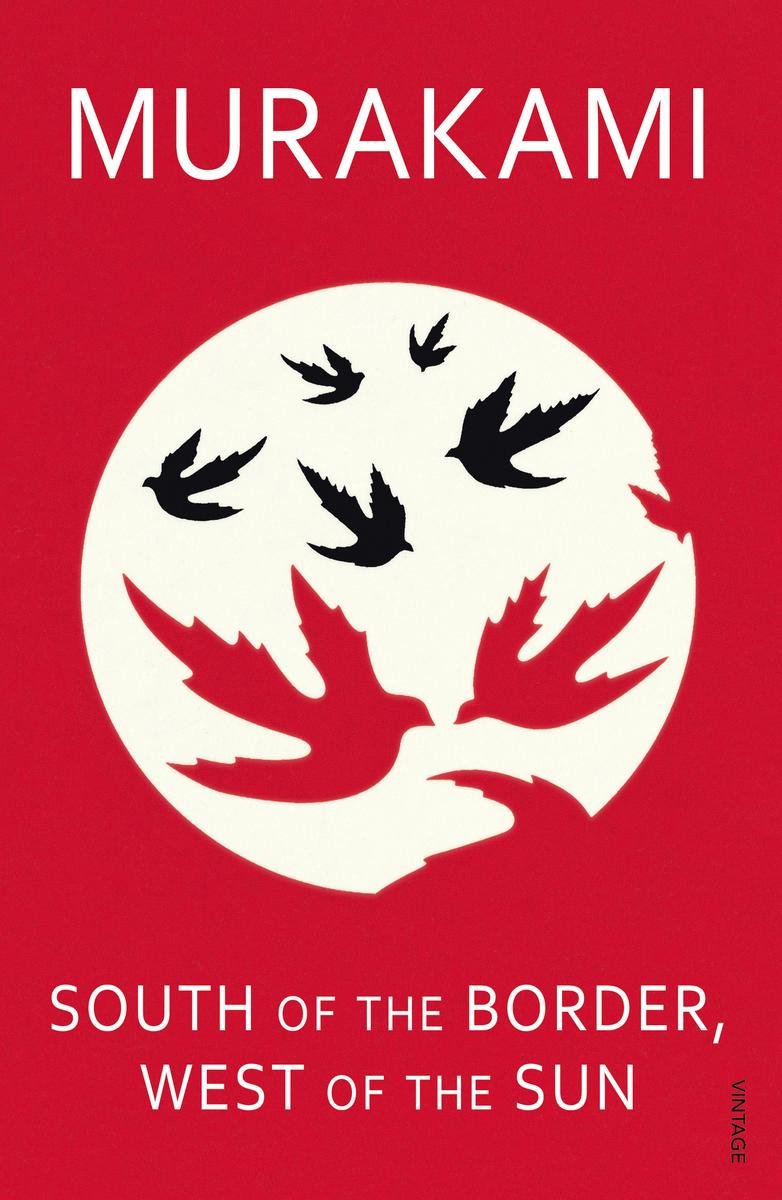
6. The Wind-Up Bird Chronicle
“Memories and thoughts age, just as people do. But certain thoughts can never age, and certain memories can never fade.”
This one takes place in Tokyo, Japan, during the 1980s war with Korea. Murakami weaves two time periods, using a retrospective narrative, as he tells the story of how people either lose or gain personal power. The said power can be used for the benefit and the detriment of other people. The protagonist, Toru Okada, is forced to develop an inner strength when his wife goes missing. She falls victim to her brother, a politician, who has mastered some sort of mind control over less mentally stable people.
To bring his wife back, Toru must learn to outwit the brother and break the spell he has on Toru’s wife. Much of the story takes place inside dreamscapes. Toru practices lucid dreaming, which consists of being consciously aware of one’s dreams while sleeping. Interestingly, Toru’s personality somehow fractures during the course of the narrative, only to be reintegrated at the end. Murakami describes Japan’s control of the Korean people in a graphic and arresting way by using flashbacks as a narrative tool.

7. A Wild Sheep Chase
“Sometimes I get real lonely sleeping with you.”
This one is a vivid combination of fantasy, mythology, mystery, comedy, and drama that leads the reader through the journey of one man’s quest for his own identity, as well as for a very special sheep. The main character, who remains unnamed throughout the novel, is an advertising executive whose existence is one of self absorption and meritocracy.
A Wild Sheep Chase is a novel about isolation, authority, and the duality of good and evil, as well as the story of one man’s journey to find himself.
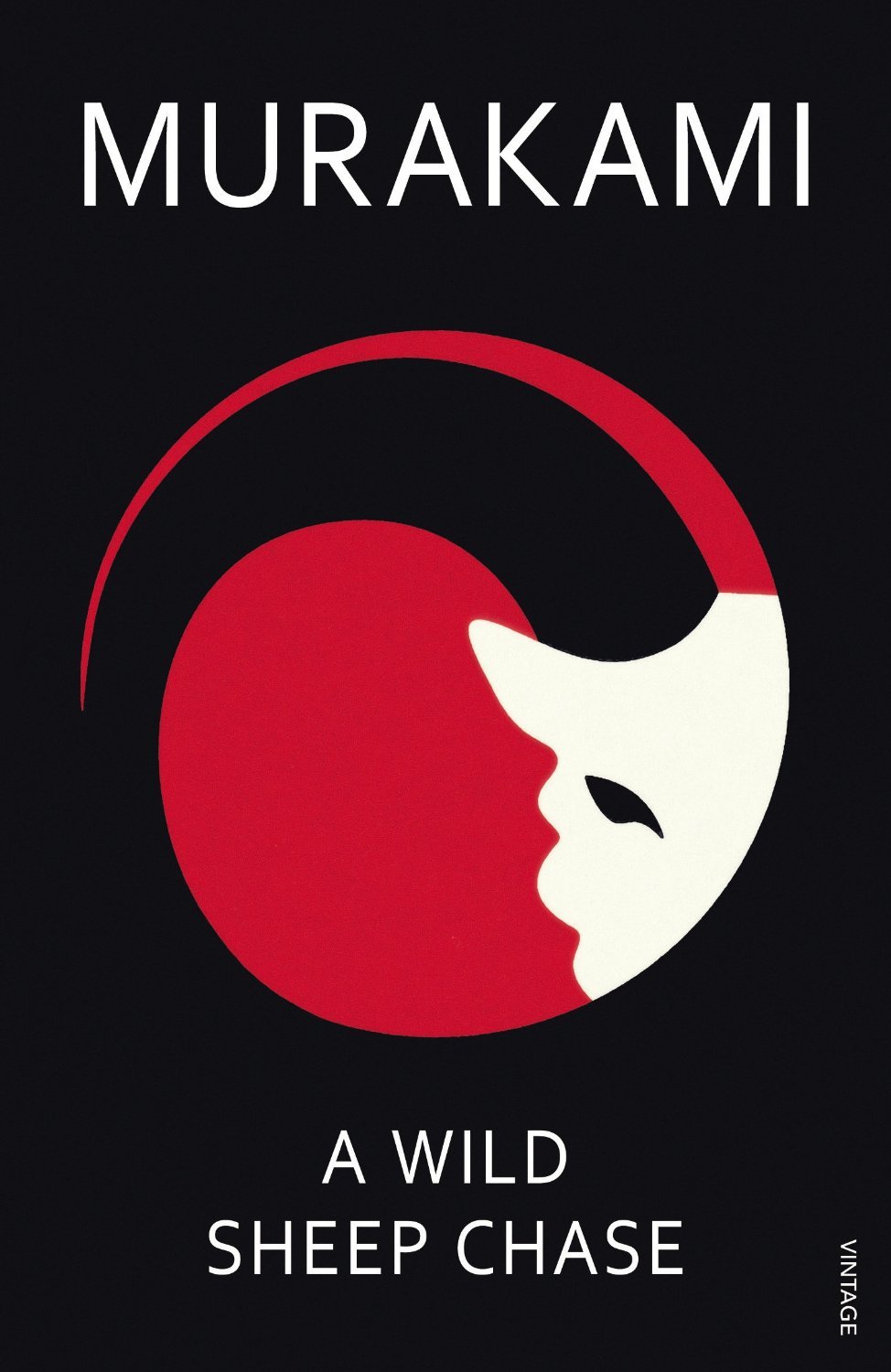
8. Dance Dance Dance
“As time goes on, you’ll understand. What lasts, lasts; what doesn’t, doesn’t. Time solves most things. And what time can’t solve, you have to solve yourself.”
Pick this book up if surreal writing interests you. The plot follows the adventures of a protagonist who works as a commercial writer. However, he is never named in the novel. He is forced to return to a hotel where he once stayed with a woman he loved, though he did not know her real name. She disappears without a trace.
The protagonist is haunted with surreal dreams where he encounters a Sheep Man and his old lady love trying to help him uncover two mysteries. The first one has elements of surrealism and is existential in nature while the other one deals with the murder of a call girl.
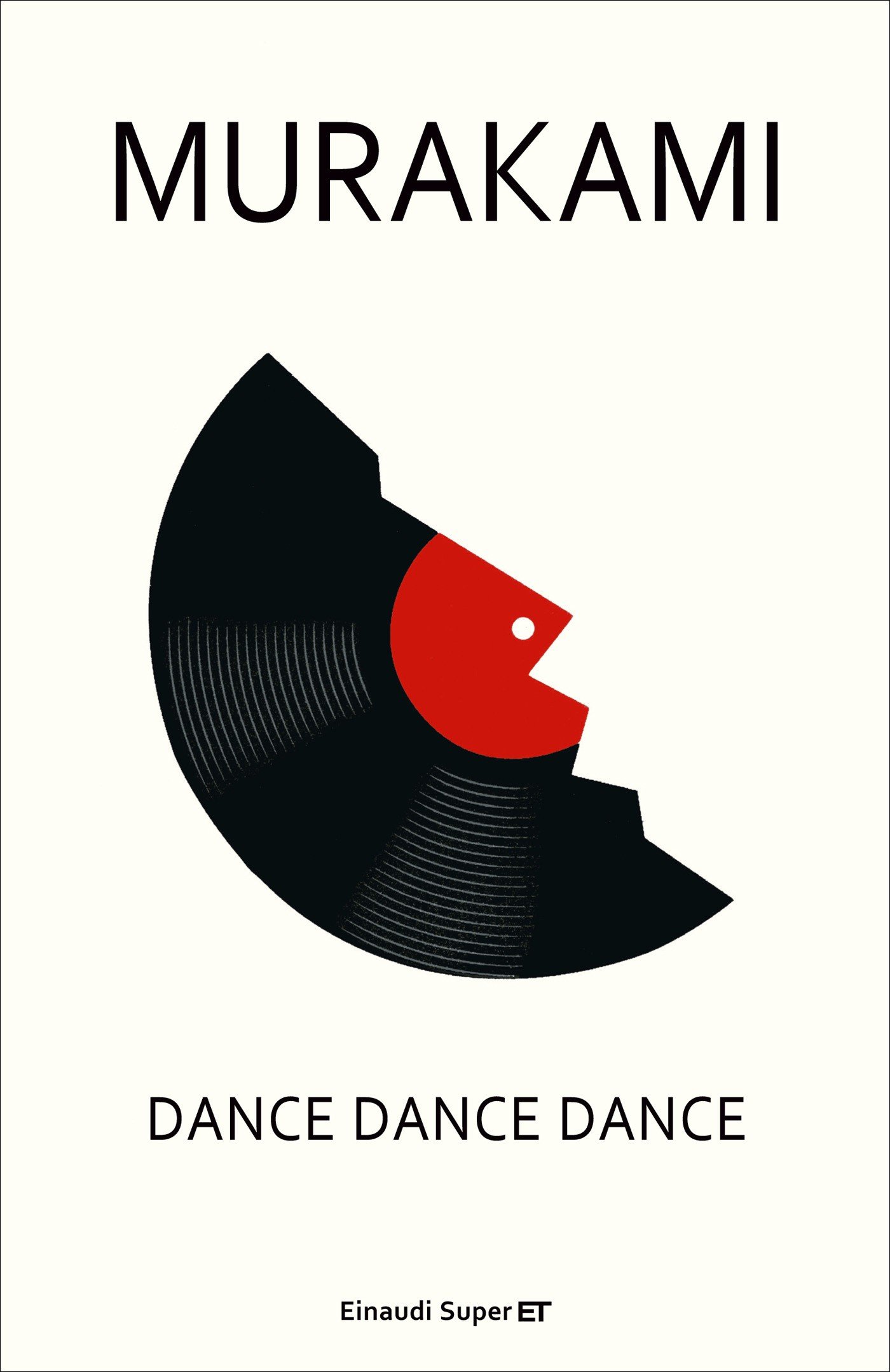
9. 1Q84
“Even if we could turn back, we’d probably never end up where we started.”
1Q84 is dominated by religious concepts but also deals with conflicts faced by the inner soul of the individual. Within the novel, two soulmates find themselves pulled into a distorted version of reality. One of them is a fitness instructor who doubles up as an assassin of abusive men and the other one is a math genius who doubles up as a copywriter. Through all of this, a fictitious cult is trying to connect to earthly spirits. Sounds complicated, right? But it all comes together quite interestingly.
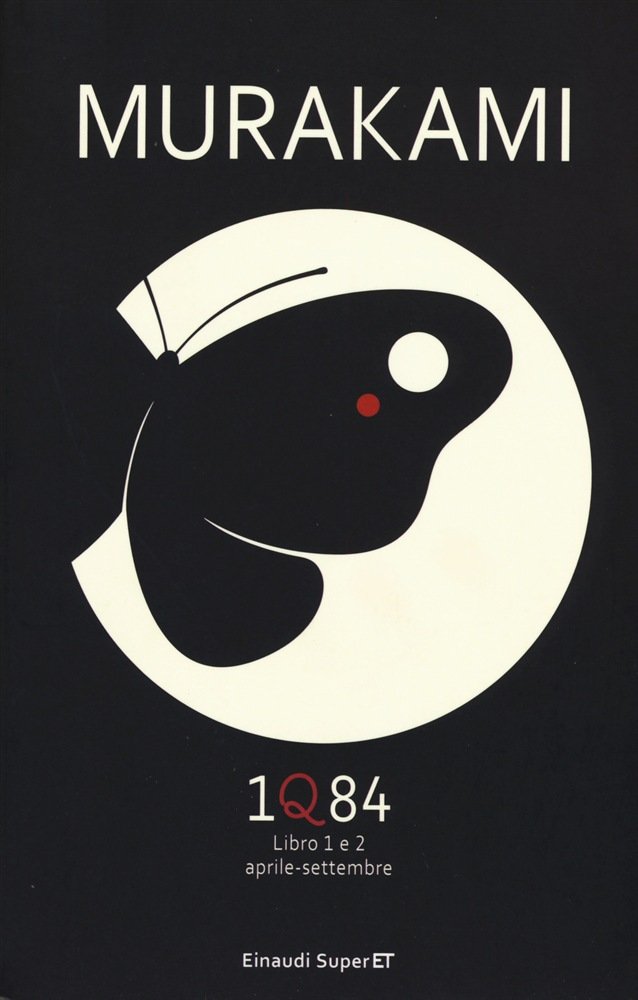
10. Sputnik Sweetheart
“I dream. Sometimes I think that’s the only right thing to do.”
This one is about a primary school teacher who is in love with his friend Sumire. The scenario set by Murakami is familiar yet unsettling as soon into the narrative, the readers will be compelled to fall into the surreal universe of Murakami’s imaginative world. The book will take you from Japan to Europe and ultimately to an island off the coast of Greece.
The characters will disappear without a trace, leaving only lineaments of her fate. The journey and fate of the characters will finally take the readers to the expanse of deep space and the still-orbiting Sputnik. This one is a love story combined with a detective story, all enveloped in a philosophical mystery.
